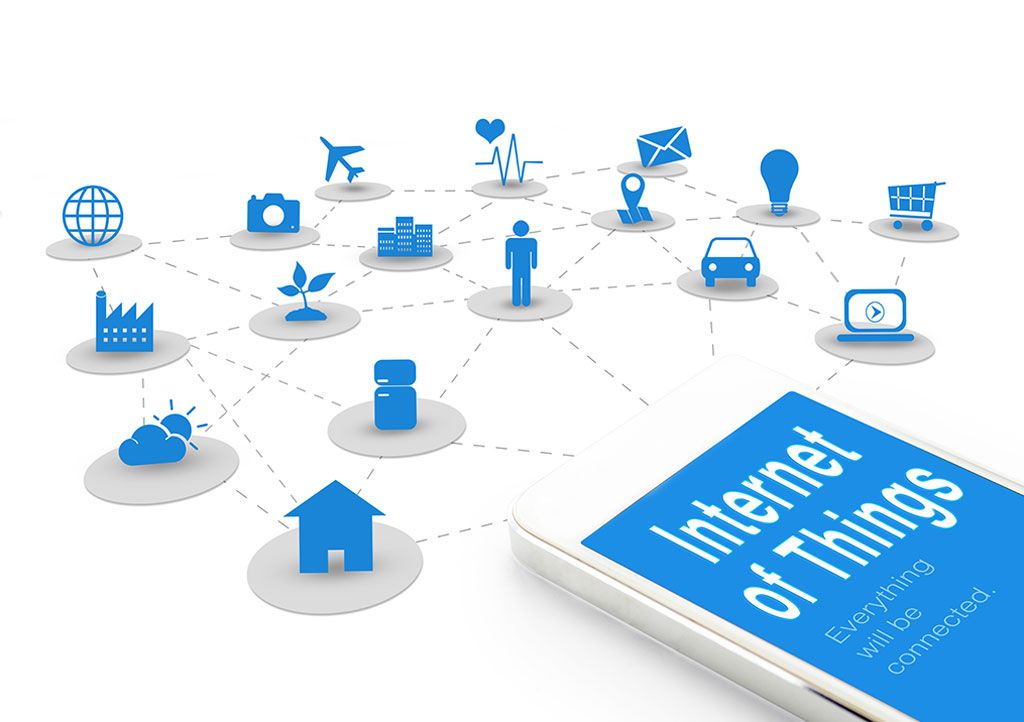Here are some of the ways that IoT devices are changing the way we live:
Smart homes: IoT devices are making our homes more comfortable, energy-efficient, and secure. For example, smart thermostats can adjust the temperature of our homes based on our preferences and the weather, and smart locks can be unlocked remotely with our smartphones.
Wearables: Wearable IoT devices are tracking our health and fitness data, and providing us with real-time feedback. For example, fitness trackers can track our steps, calories burned, and heart rate, and smartwatches can receive notifications from our phones.
IoT-enabled transportation: IoT devices are being used to track the movement of goods and vehicles, which is helping to optimize routes, improve delivery times, and reduce costs. For example, sensors can be used to track the location of goods in transit, and actuators can be used to control the speed and direction of vehicles.
IoT-enabled agriculture: IoT devices are being used to monitor soil conditions, water usage, and crop health, which is helping to improve crop yields and reduce the use of pesticides and fertilizers. For example, sensors can be used to measure the moisture content of soil, and actuators can be used to control the irrigation of crops.
IoT-enabled smart cities: IoT devices are being used to collect data about traffic, air quality, and public safety, which is helping to improve infrastructure, reduce crime, and improve the quality of life. For example, sensors can be used to monitor traffic patterns, and actuators can be used to control traffic lights.
Here are some of the ways that IoT devices are changing the way we work:
IoT-enabled manufacturing: IoT devices are being used to automate production, improve quality control, and reduce waste. For example, sensors can be used to monitor the performance of machinery, and actuators can be used to adjust the settings of machinery as needed.
IoT-enabled logistics and transportation: IoT devices are being used to track the movement of goods and vehicles, which is helping to optimize routes, improve delivery times, and reduce costs. For example, sensors can be used to track the location of goods in transit, and actuators can be used to control the speed and direction of vehicles.
IoT-enabled healthcare: IoT devices are being used to monitor patient health, provide remote care, and deliver medication. For example, sensors can be used to track a patient’s heart rate and blood pressure, and actuators can be used to deliver medication as needed.
IoT-enabled education: IoT devices are being used to personalize learning, provide real-time feedback, and connect students with experts. For example, sensors can be used to track a student’s progress, and actuators can be used to provide personalized feedback.
These are just a few of the ways that IoT devices are changing the way we live and work. As the technology continues to develop, we can expect to see even more innovative and exciting ways to use IoT devices to improve our lives.
Conclusion
The IoT is still in its early stages, but it has the potential to revolutionize a wide range of industries. As technology continues to develop, we can expect to see even more innovative and exciting ways to use IoT devices to improve our lives.









